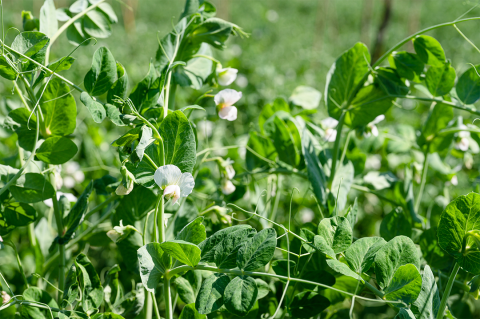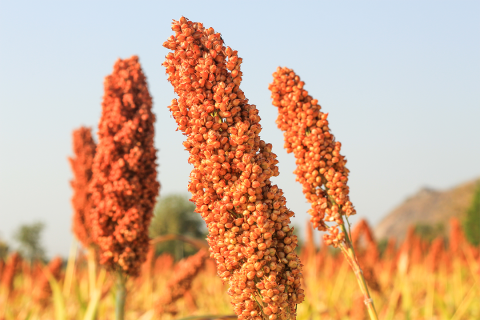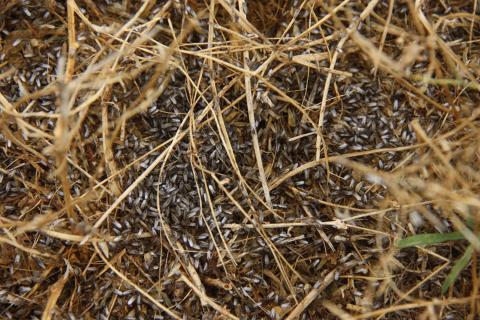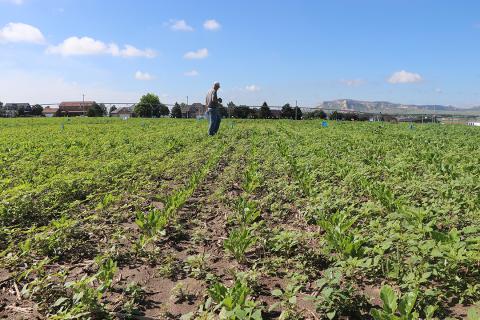
2024 Nebraska Acreage
July 2, 2024
Most Nebraska crop plantings are slightly higher this year, with dry edible pea acreage at a nearly 30% increase over 2023.
False Chinch Bugs Found in Nebraska
July 1, 2024
False chinch bugs are usually considered an incidental pest, but wilting and feeding damage is occasionally noticed when a large number of the bugs feed on plants.
Extension Crop and Pest Reports (June 24-28)
June 28, 2024
Extension educators share their observations in fields across Nebraska this week.
Extension Crop and Pest Reports (May 27-31)
May 30, 2024
Extension educators share their observations in fields across the state this week.

Nebraska 2024 Prospective Plantings
March 28, 2024
Dry edible pea acreage is anticipated to skyrocket in 2024, at a 129% increase over 2023. More sorghum and dry edible bean acreage is also expected in Nebraska this growing season.
Palmer Amaranth in the West Symposium Scheduled in March
February 29, 2024
Academics, industry leaders and impacted stakeholders will discuss Palmer amaranth's current and anticipated impacts across the Midwest during this free, live-streamed event.

Nebraska 2023 Annual Crop Production Summary
January 18, 2024
Proso millet took the lead for 2023 crop production in Nebraska, increasing 203% over the prior year. Dry edible pea and sorghum estimates also reflect a significant boost in the state's production, increasing 178% and 139%, respectively.

Nebraska Crop Production Report for November 2023
November 14, 2023
Nebraska crop production forecasts continue to indicate a banner year for sorghum, at a 153% increase compared to 2022. Corn, sugarbeet and potato production is also up, while soybean production is slightly down.



